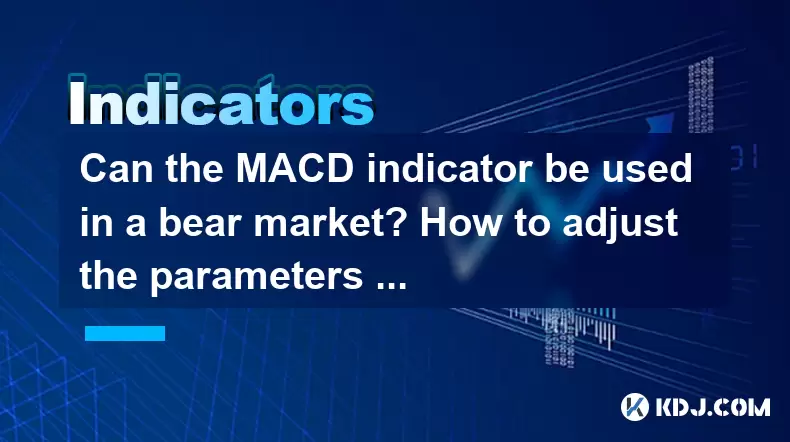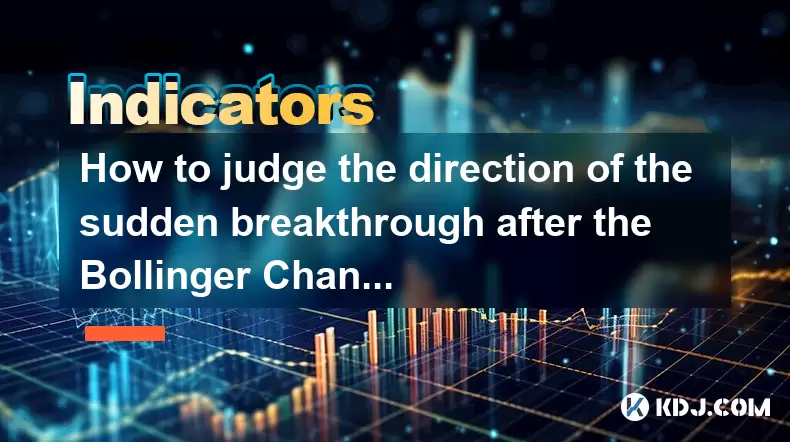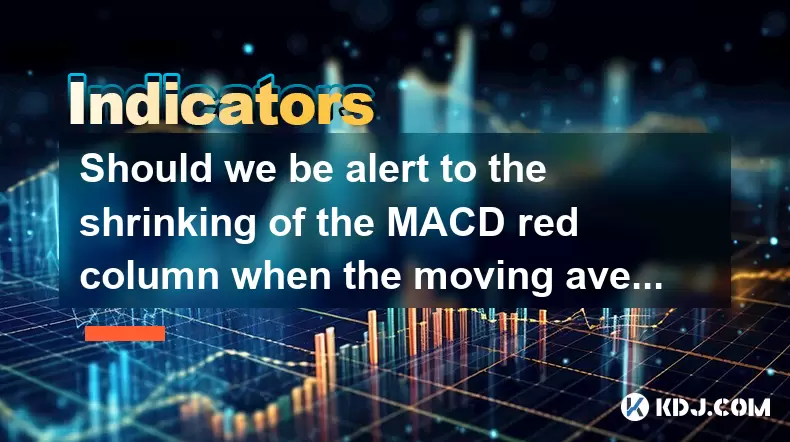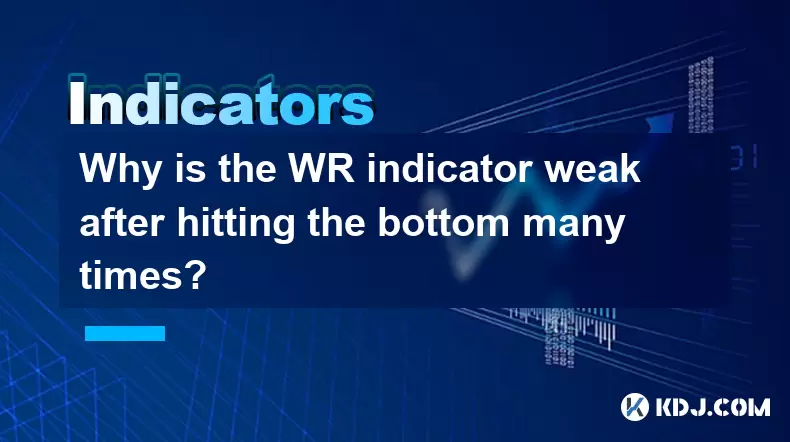-
 Bitcoin
Bitcoin $101,898.5005
-0.75% -
 Ethereum
Ethereum $2,258.1125
-1.07% -
 Tether USDt
Tether USDt $1.0004
0.01% -
 XRP
XRP $2.0178
-2.93% -
 BNB
BNB $624.0243
-1.53% -
 Solana
Solana $134.3298
-0.90% -
 USDC
USDC $0.9999
0.01% -
 TRON
TRON $0.2675
-2.05% -
 Dogecoin
Dogecoin $0.1538
-1.96% -
 Cardano
Cardano $0.5482
-1.11% -
 Hyperliquid
Hyperliquid $35.5636
5.45% -
 Bitcoin Cash
Bitcoin Cash $453.4902
-1.66% -
 Sui
Sui $2.5134
-2.97% -
 UNUS SED LEO
UNUS SED LEO $9.1292
1.77% -
 Chainlink
Chainlink $11.8457
-1.60% -
 Stellar
Stellar $0.2312
-2.73% -
 Avalanche
Avalanche $16.9721
0.29% -
 Toncoin
Toncoin $2.7549
-3.82% -
 Shiba Inu
Shiba Inu $0.0...01081
-1.10% -
 Litecoin
Litecoin $80.8250
-0.71% -
 Hedera
Hedera $0.1374
0.21% -
 Monero
Monero $305.4827
-2.36% -
 Ethena USDe
Ethena USDe $1.0006
0.00% -
 Dai
Dai $1.0000
-0.01% -
 Polkadot
Polkadot $3.2085
-3.12% -
 Bitget Token
Bitget Token $4.0845
-3.13% -
 Uniswap
Uniswap $6.3353
-1.63% -
 Pi
Pi $0.5085
-0.70% -
 Pepe
Pepe $0.0...08913
-3.82% -
 Aave
Aave $232.7090
-0.58%
Can the MACD indicator be used in a bear market? How to adjust the parameters in a weak environment?
In a bear market, adjust MACD parameters to shorter periods and confirm signals with RSI and volume to improve its effectiveness in identifying potential reversals.
May 23, 2025 at 04:56 am

The Moving Average Convergence Divergence (MACD) indicator is a popular tool among traders for identifying potential buy and sell signals in the cryptocurrency market. However, its effectiveness in a bear market, where prices are generally declining, is often debated. This article will explore whether the MACD indicator can be effectively used in a bear market and how to adjust its parameters to better suit a weak market environment.
Understanding the MACD Indicator
The MACD indicator is composed of two lines: the MACD line and the signal line. The MACD line is calculated by subtracting the 26-period Exponential Moving Average (EMA) from the 12-period EMA. The signal line is typically a 9-period EMA of the MACD line. Crossovers between these lines generate buy and sell signals, with a bullish signal occurring when the MACD line crosses above the signal line and a bearish signal when it crosses below.
In a bull market, these signals are often more reliable because the overall trend is upward, and the MACD can effectively capture these trends. However, in a bear market, the downward trend can lead to false signals and reduced effectiveness.
Using MACD in a Bear Market
Despite the challenges, the MACD indicator can still be useful in a bear market if used correctly. One key aspect is to understand that the market environment affects the indicator's sensitivity. In a bear market, the MACD may generate more false signals due to increased volatility and downward pressure.
To use the MACD effectively in a bear market, traders should focus on confirming signals with other indicators. For example, combining the MACD with the Relative Strength Index (RSI) or volume indicators can help filter out false signals. If the MACD indicates a bullish crossover, but the RSI is in overbought territory, it might be wise to wait for further confirmation.
Additionally, paying attention to divergences can be particularly useful in a bear market. A bearish divergence occurs when the price makes a new low, but the MACD does not, suggesting weakening downward momentum. Conversely, a bullish divergence happens when the price makes a higher low, but the MACD makes a lower low, indicating potential upward momentum. These divergences can be crucial signals in a bear market, helping traders identify potential reversals.
Adjusting MACD Parameters in a Weak Environment
Adjusting the MACD parameters can help tailor the indicator to better suit a weak market environment. The standard parameters are 12, 26, and 9 for the fast EMA, slow EMA, and signal line, respectively. In a bear market, these parameters may need to be adjusted to increase the indicator's sensitivity to short-term price movements.
- Shortening the fast EMA period: Reducing the fast EMA period from 12 to a lower number, such as 8 or 10, can make the MACD more responsive to recent price changes. This can help capture short-term trends more effectively in a weak market.
- Shortening the slow EMA period: Similarly, reducing the slow EMA period from 26 to a lower number, such as 18 or 20, can increase the indicator's sensitivity to price movements.
- Adjusting the signal line period: The signal line period can also be shortened from 9 to a lower number, such as 6 or 7, to make the MACD more responsive to short-term trends.
Here is a step-by-step guide on how to adjust these parameters in a typical trading platform:
- Open your trading platform and navigate to the chart of the cryptocurrency you are analyzing.
- Add the MACD indicator to the chart. This is usually done by selecting 'Indicators' from the menu and choosing 'MACD'.
- Access the MACD settings. This can be done by right-clicking on the MACD indicator on the chart and selecting 'Edit' or 'Settings'.
- Adjust the fast EMA period. For example, change it from 12 to 8.
- Adjust the slow EMA period. For example, change it from 26 to 18.
- Adjust the signal line period. For example, change it from 9 to 6.
- Apply the changes and observe how the MACD behaves with the new settings.
Combining MACD with Other Indicators
In a bear market, relying solely on the MACD can lead to false signals. Therefore, it is beneficial to combine the MACD with other technical indicators to improve its reliability.
- Relative Strength Index (RSI): The RSI can help confirm MACD signals. If the MACD indicates a bullish crossover, but the RSI is above 70, it might suggest an overbought condition, warranting caution.
- Volume indicators: Volume can confirm the strength of a trend. If the MACD indicates a bullish crossover, but the volume is declining, it might suggest a weak trend.
- Moving Averages: Using moving averages, such as the 50-day and 200-day moving averages, can help identify the overall trend. If the MACD signals a bullish crossover, but the price is below these key moving averages, it might indicate a false signal.
Practical Example of MACD in a Bear Market
To illustrate how the MACD can be used in a bear market, consider the following example with Bitcoin (BTC). During a bear market, Bitcoin's price might experience a prolonged downtrend with occasional short-term rallies. Here's how a trader might use the MACD:
- Identify bearish divergences: If Bitcoin's price makes a new low, but the MACD does not, it could signal a potential reversal. The trader might then look for confirmation from other indicators like the RSI or volume.
- Adjust MACD parameters: If the standard MACD settings are too slow to capture short-term trends, the trader might adjust the fast EMA to 8, the slow EMA to 18, and the signal line to 6. This can help the trader react more quickly to short-term price movements.
- Confirm signals with other indicators: If the adjusted MACD indicates a bullish crossover, the trader should check the RSI to ensure it is not in overbought territory and that volume is supporting the potential uptrend.
Frequently Asked Questions
Q: Can the MACD indicator predict market bottoms in a bear market?
A: The MACD indicator can provide signals that suggest potential reversals, such as bullish divergences, but it is not designed to predict market bottoms with certainty. Traders should use the MACD in conjunction with other indicators and market analysis to increase the likelihood of identifying a market bottom.
Q: How often should I adjust the MACD parameters in a bear market?
A: The frequency of adjusting MACD parameters depends on the market's volatility and the trader's strategy. In a highly volatile bear market, traders might need to adjust parameters more frequently to capture short-term trends. However, frequent adjustments can lead to over-optimization, so it's important to find a balance and test different settings.
Q: Is the MACD more effective in certain types of bear markets?
A: The effectiveness of the MACD can vary depending on the nature of the bear market. In a gradual downtrend, the MACD might be more reliable than in a highly volatile bear market with sharp price swings. Traders should consider the overall market conditions and adjust their strategies accordingly.
Q: Can the MACD be used for long-term investing in a bear market?
A: While the MACD is typically used for short-term trading, it can be adapted for long-term investing by using longer EMA periods. For example, using a 50-day EMA for the fast line and a 200-day EMA for the slow line can help identify long-term trends. However, long-term investors should also consider fundamental analysis and broader market trends.
Disclaimer:info@kdj.com
The information provided is not trading advice. kdj.com does not assume any responsibility for any investments made based on the information provided in this article. Cryptocurrencies are highly volatile and it is highly recommended that you invest with caution after thorough research!
If you believe that the content used on this website infringes your copyright, please contact us immediately (info@kdj.com) and we will delete it promptly.
- FUNToken: Decoding Past Trends and Getting Started in the Gaming Crypto Sphere
- 2025-06-23 22:25:12
- BTC Price Analysis: Navigating Volatility and the Quest for a New ATH
- 2025-06-23 22:25:12
- Genesis, Bitcoin Mining, and Air-Cooled Miners: A New Era?
- 2025-06-23 22:45:12
- Coinbase's Growth and Resilience: Navigating the Crypto Landscape
- 2025-06-23 22:45:12
- Bitcoin Options Market: Bullish Bets Amidst Geopolitical Jitters
- 2025-06-23 22:51:52
- Dubai's Virtual Asset Scene Heats Up: GAP 3 Partners Lands Landmark Investment Advisor License
- 2025-06-23 22:55:12
Related knowledge

What is the significance of the gap formed by the gap opening not being filled within five days?
Jun 23,2025 at 09:42pm
Understanding Gaps in Cryptocurrency TradingIn the world of cryptocurrency trading, a gap refers to a situation where the price of an asset jumps from one level to another without any trading activity occurring between those two levels. This often happens over weekends or holidays when the market is closed, and significant news or events occur that impa...

Does the second golden cross of MACD above the zero axis represent the continuation of strength?
Jun 23,2025 at 08:21pm
Understanding the MACD IndicatorThe Moving Average Convergence Divergence (MACD) is a widely used technical analysis tool in cryptocurrency trading. It consists of three main components: the MACD line, the signal line, and the histogram. The MACD line is calculated by subtracting the 26-period Exponential Moving Average (EMA) from the 12-period EMA. The...

How to judge the direction of the sudden breakthrough after the Bollinger Channel narrows to the extreme?
Jun 23,2025 at 11:00pm
Understanding the Bollinger Channel and Its Narrowing PatternThe Bollinger Channel is a widely used technical indicator in cryptocurrency trading, consisting of three bands: the middle band (a simple moving average), and two outer bands that represent standard deviations from the middle line. When the price consolidates for an extended period, the chann...

Is it effective when the DIF line suddenly crosses the zero axis when the volume is shrinking and the market is trading sideways?
Jun 23,2025 at 07:29pm
Understanding the DIF Line in Technical AnalysisThe DIF line, or the Difference Line, is a critical component of the MACD (Moving Average Convergence Divergence) indicator, widely used in technical analysis across cryptocurrency and traditional financial markets. It represents the difference between the 12-period EMA (Exponential Moving Average) and the...

Should we be alert to the shrinking of the MACD red column when the moving average is arranged in a bullish pattern?
Jun 23,2025 at 08:14pm
Understanding the MACD Red Column and Its SignificanceThe Moving Average Convergence Divergence (MACD) is a widely used technical indicator in cryptocurrency trading. It consists of three main components: the MACD line, the signal line, and the MACD histogram (the red column). The red column represents the difference between the MACD line and the signal...

Why is the WR indicator weak after hitting the bottom many times?
Jun 23,2025 at 07:56pm
Understanding the WR Indicator in Cryptocurrency TradingThe Williams %R (WR) indicator is a momentum oscillator used by traders to identify overbought and oversold levels in the market. It ranges from 0 to -100, with readings above -20 considered overbought and below -80 considered oversold. In the context of cryptocurrency trading, where volatility is ...

What is the significance of the gap formed by the gap opening not being filled within five days?
Jun 23,2025 at 09:42pm
Understanding Gaps in Cryptocurrency TradingIn the world of cryptocurrency trading, a gap refers to a situation where the price of an asset jumps from one level to another without any trading activity occurring between those two levels. This often happens over weekends or holidays when the market is closed, and significant news or events occur that impa...

Does the second golden cross of MACD above the zero axis represent the continuation of strength?
Jun 23,2025 at 08:21pm
Understanding the MACD IndicatorThe Moving Average Convergence Divergence (MACD) is a widely used technical analysis tool in cryptocurrency trading. It consists of three main components: the MACD line, the signal line, and the histogram. The MACD line is calculated by subtracting the 26-period Exponential Moving Average (EMA) from the 12-period EMA. The...

How to judge the direction of the sudden breakthrough after the Bollinger Channel narrows to the extreme?
Jun 23,2025 at 11:00pm
Understanding the Bollinger Channel and Its Narrowing PatternThe Bollinger Channel is a widely used technical indicator in cryptocurrency trading, consisting of three bands: the middle band (a simple moving average), and two outer bands that represent standard deviations from the middle line. When the price consolidates for an extended period, the chann...

Is it effective when the DIF line suddenly crosses the zero axis when the volume is shrinking and the market is trading sideways?
Jun 23,2025 at 07:29pm
Understanding the DIF Line in Technical AnalysisThe DIF line, or the Difference Line, is a critical component of the MACD (Moving Average Convergence Divergence) indicator, widely used in technical analysis across cryptocurrency and traditional financial markets. It represents the difference between the 12-period EMA (Exponential Moving Average) and the...

Should we be alert to the shrinking of the MACD red column when the moving average is arranged in a bullish pattern?
Jun 23,2025 at 08:14pm
Understanding the MACD Red Column and Its SignificanceThe Moving Average Convergence Divergence (MACD) is a widely used technical indicator in cryptocurrency trading. It consists of three main components: the MACD line, the signal line, and the MACD histogram (the red column). The red column represents the difference between the MACD line and the signal...

Why is the WR indicator weak after hitting the bottom many times?
Jun 23,2025 at 07:56pm
Understanding the WR Indicator in Cryptocurrency TradingThe Williams %R (WR) indicator is a momentum oscillator used by traders to identify overbought and oversold levels in the market. It ranges from 0 to -100, with readings above -20 considered overbought and below -80 considered oversold. In the context of cryptocurrency trading, where volatility is ...
See all articles
























































































